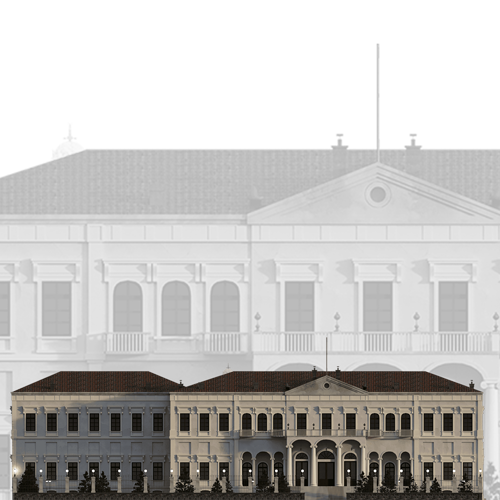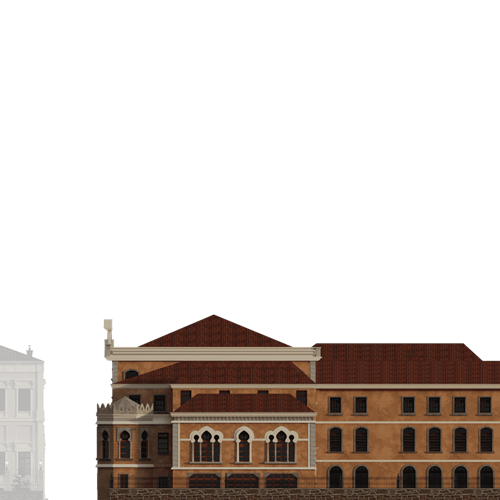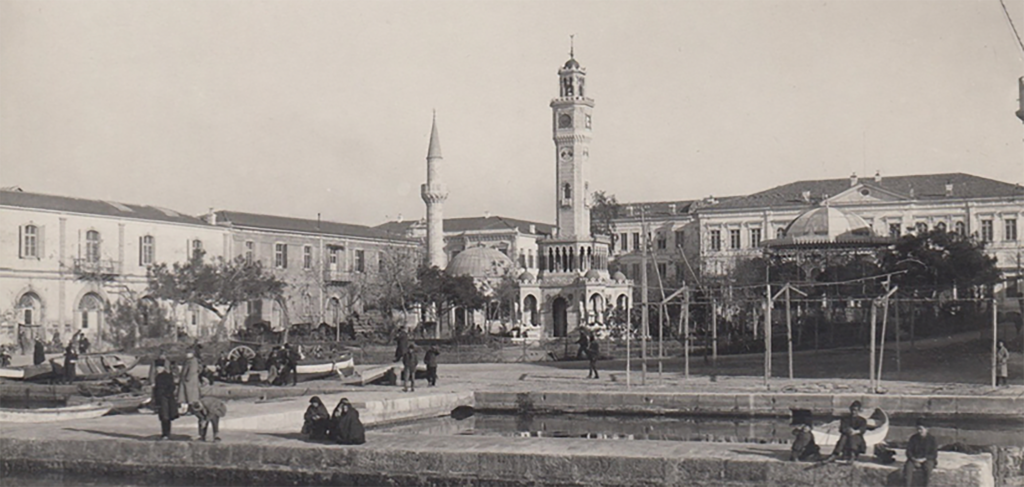20th Century Structures

Konak Square underwent significant transformations, particularly in the second half of the 20th century, further solidifying its role as the city’s center. Among these changes, the construction of the İzmir Metropolitan Municipality service building, the Central Bank İzmir branch building, and the SSK (Social Security Authority) Business Blocks were particularly significant. The projects for all […]
İzmir Clock Tower

When you think of İzmir, the Clock Tower is always among the first things that come to mind. Shaped as the city’s modern administrative center in the 19th century, Konak Square was virtually completed with the construction of the Clock Tower. Modernization is closely related to time management. The developments brought by industrialization necessitated a […]
Yalı (Ayşe Hanım) Mosque

Located in Konak Square, in front of the Government Mansion, Yalı Mosque was commissioned by Ayşe Hanım, the daughter of Dervişzâde Mehmed Paşa. The mosque, which was opened for worship in 1755, is famous for its Kütahya tiles. For a long time, it was referred to by the name of its patron, but from the […]
İzmir Government Mansion

Starting from the second half of the 18th century, the mansion belonging to the Kâtipzade family, which took control of the administration of İzmir, was located where the present-day İzmir Government Mansion stands. The wooden mansion, used both as a residence and an administrative center, was a three-story structure with bay windows. During the reign […]
Sarıkışla (Kışla-i Hümayun) Building

After the abolition of the Janissary Corps, a new army was established under the name Asakir-i Mansure-i Muhammediye (The Victorious Soldiers of Muhammad). Barracks (kışla) were constructed in İstanbul and other major cities of the empire, to accommodate this modernized military force. In line with this initiative, the Kışla-i Hümayun building—more commonly known as Sarıkışla—was […]
Konak Square: The Modern Administrative Center

From the late 16th century onwards, significant changes began in the Ottoman Empire’s provincial administration. Until this period, the provinces had been governed by administrators appointed from the capital, İstanbul, within the framework of the tımar system. However, various factors such as population growth in the 16th century, advancements in warfare technology, the increasing significance […]